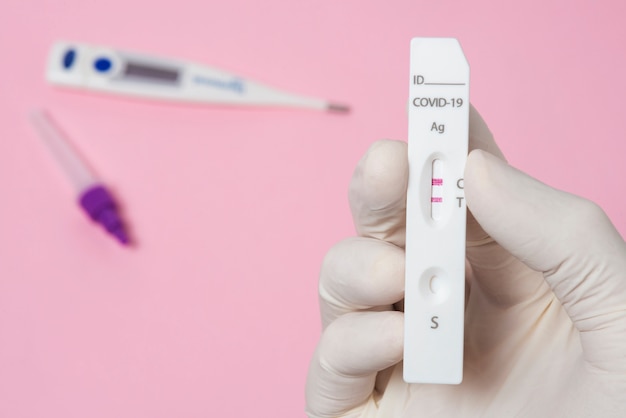Lactic acid forms naturally in our bodies, especially during intense exercise or when we don鈥檛 get enough oxygen. Let’s dive into how our bodies produce and manage lactic acid.
How Lactic Acid is Made
It all starts with pyruvate, a product of glucose breakdown through glycolysis in the cell鈥檚 cytoplasm. During this process, a molecule called 3-phosphoglyceric aldehyde loses electrons to NAD, converting it into NADH. For energy production to continue smoothly, NADH needs to be converted back to NAD+. Usually, this happens in the mitochondria with the help of oxygen, but during intense exercise, there might not be enough oxygen. In this case, pyruvate is converted into lactic acid by lactate dehydrogenase, allowing NAD+ to be available for more glucose breakdown.
Lactic acid then quickly separates into lactate and hydrogen ions. These hydrogen ions are what cause the burning sensation in muscles during a heavy workout, signaling that it鈥檚 time to slow down. To prevent excessive acidity, cells release lactate into the bloodstream. During intense exercise, lactate levels in the blood can increase up to tenfold. This process helps balance muscle cells and provides fuel for other parts of the body.
How Lactic Acid is Managed
High levels of lactic acid are not just waste; they can be reused for energy, particularly by the heart, which prefers lactic acid over glucose. Additionally, lactic acid can be converted back into glucose or glycogen through a process called gluconeogenesis.
An enzyme called lactate dehydrogenase transforms lactic acid back into pyruvate, converting NADH to NAD+ in the process. This pyruvate can either enter the Krebs cycle for further energy production or be used to generate new glucose.
Excessive lactic acid can disrupt normal cellular functions, leading cells to expel it via special channels. A buildup of hydrogen ions can lower the cell鈥檚 pH, which slows down glycolysis by affecting an enzyme called phosphofructokinase, thereby reducing lactic acid production.
Our bodies use buffering systems like the bicarbonate/carbonic acid system to manage potential pH drops. Increased breathing during intense exercise helps lower CO2 and carbonic acid in the blood, balancing out hydrogen ions from lactic acid and maintaining pH levels.
Conclusion
Understanding how lactic acid is produced and disposed of is essential for athletes and fitness enthusiasts. Cooling down after a workout helps clear lactic acid, preventing muscle soreness and fatigue. Although often associated with post-exercise discomfort, lactic acid plays a crucial role in our energy production.







